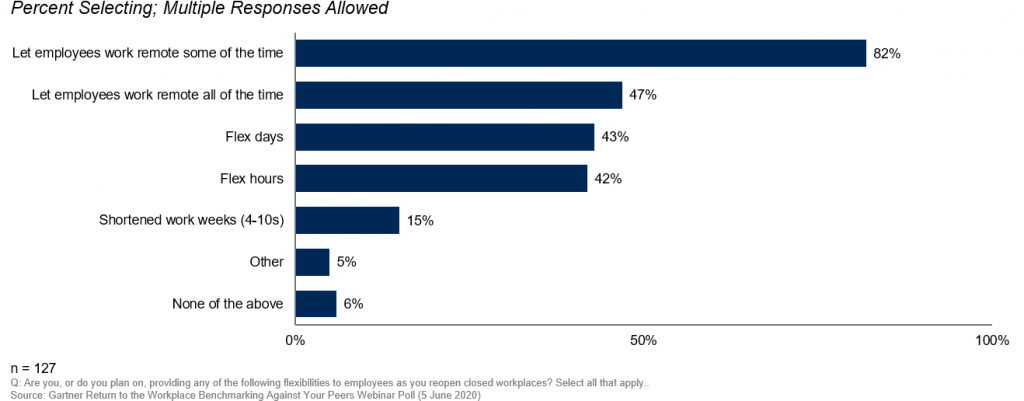IgniteTech is proud to present “Work From Home Reimagined,” a four-part series on the future of remote work. In Part 2, we discuss how employees and managers can meet each other’s expectations and maintain accountability while working remotely. Be sure to check out Part 1: Communications as well!
For most organizations, the rapid transition to remote work at the beginning of the COVID-19 pandemic was a leap into the unknown. One of the chief concerns for many was that workers would struggle to stay productive without the structure and oversight of a traditional office.
As we now know, these fears were largely unfounded. Employees overwhelmingly embraced additional autonomy and flexibility of the home office and transformed into improved performance — an impressive feat considering the stress that so many workers have dealt with this past year. According to a PwC survey of both employers and employees, productivity actually increased the longer employees worked remotely, with both groups reporting improvements in December 2020, compared to an earlier survey from June 2020. The findings suggest that remote work can continue to be an important part of the puzzle for organizations in the years to come.

Now, as many businesses — more than 80%, according to Gartner — plan to make their remote capabilities permanent in some form, it’s time to take steps to solidify new expectations and ensure you’re getting the most out of each and every employee. Most organizations seem to be on the right track. In PwC’s survey, employees reported small improvements in expectation-setting processes like onboarding and employee coaching during their time away from the office. The key moving forward will be continuing to develop processes that are designed for a permanently remote-capable workplace. The equally important other side of this idea is removing processes that hinder employees’ ability to take full advantage of the remote experience.
FIND NEW SUSTAINABLE PROCESSES
The best business processes are the ones that can be repeated again and again — whether an employee is working from a cubicle or kitchen table. Maintaining consistency and repeatability is especially important for businesses looking to maintain a hybrid setup where some employees work in the office full- or part-time, and others, like new hires based in different cities, stay at home. According to a July 2020 report from McKinsey, organizations in this situation run the risk of creating two different workplace cultures — and expectations — without a plan.
One of the most important ways to bridge the gap is to find tech tools that align with their vision and facilitate accountability — wherever your team members are. Solutions that automate workflows, for example, can help make it easier for supervisors to see the current status of a project and the contributions of individual employees. These solutions should ideally live on the cloud so that both remote and in-person employees (if you have them) have equal access to tools and information.
While not every part of the in-office experience is going to be replicable, there are other steps organizations can take to keep remote team members engaged and accountable. This can range from weekly group calls to offering a digital platform for employees to place queries and relay individual and team accomplishments. Seeing the achievements of others can be a major motivator. With employees spread out, you’ll need a specific process in place to make sure “wins” are being shared with the group.
MAKE SURE EXISTING PROCESSES DON’T HAMPER WORK-FROM-HOME CAPABILITIES
Creating a remote workplace with consistent across-the-board expectations isn’t just about adding new processes but also removing old ones that don’t match the current landscape. Many of the new processes companies implemented during the past year were simply variations on the ones already in place — with a Zoom call replacing in-person meetings. Moving forward, that may not be the best way to optimize employee time and energy.
One of the most fundamental parts of office life, for example, the 9-5 work schedule, is already beginning to take a backseat. With employees able to log on and off whenever it makes sense for them, businesses are increasingly embracing flexibility as an asset. As an organization, it’s your job to set clear expectations about when employees need to be available and the overall amount of time they’re putting in. Expectations vary — with some organizations not caring about hours as long as a project gets done and others setting a stricter protocol.
Whatever you decide makes sense for your organization, it’s important to apply your philosophy consistently. Tech tools like public calendar apps and communications solutions can make it easy for managers and co-workers alike to see when an employee is online — and ensure guidelines are being met.






